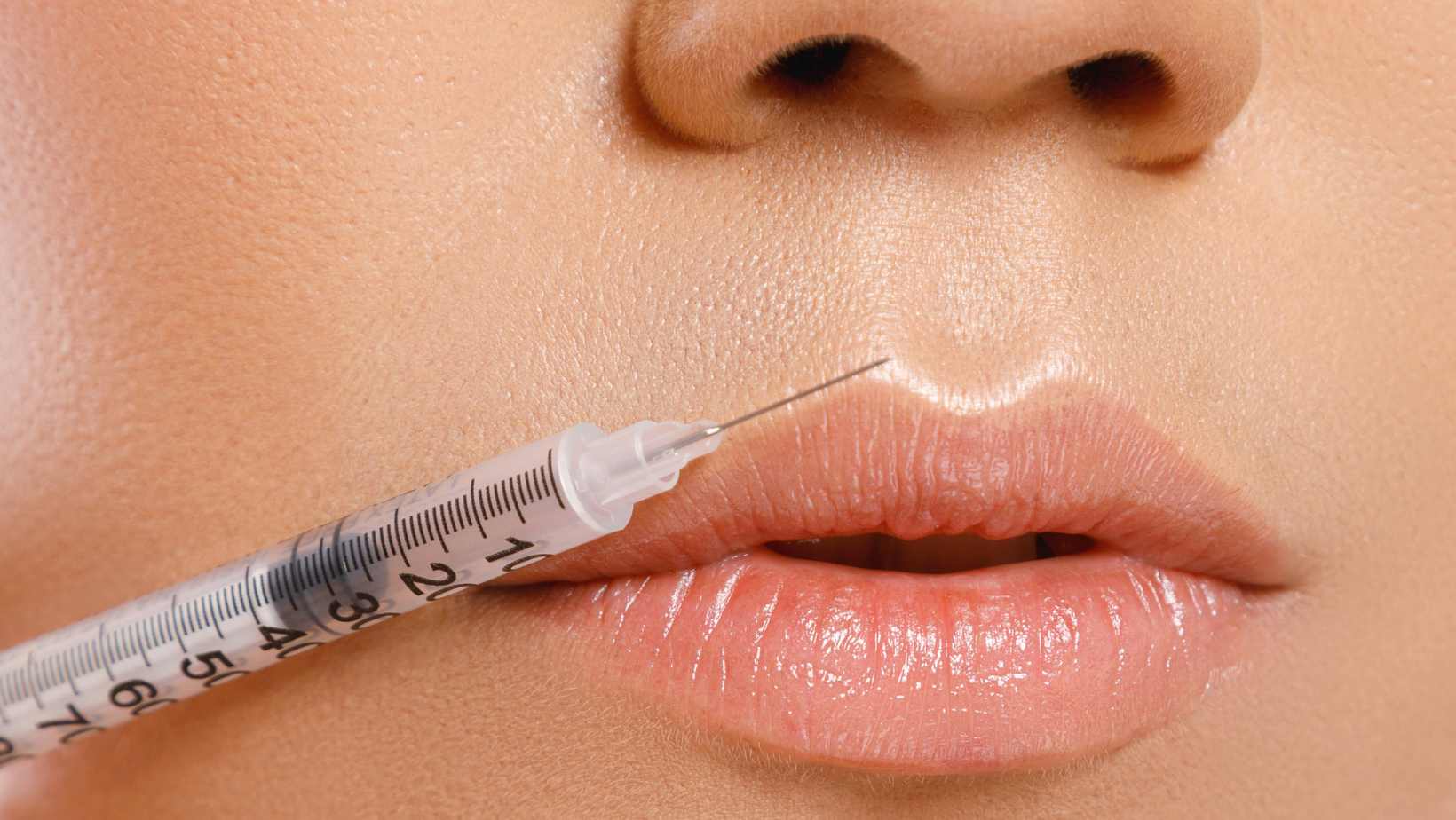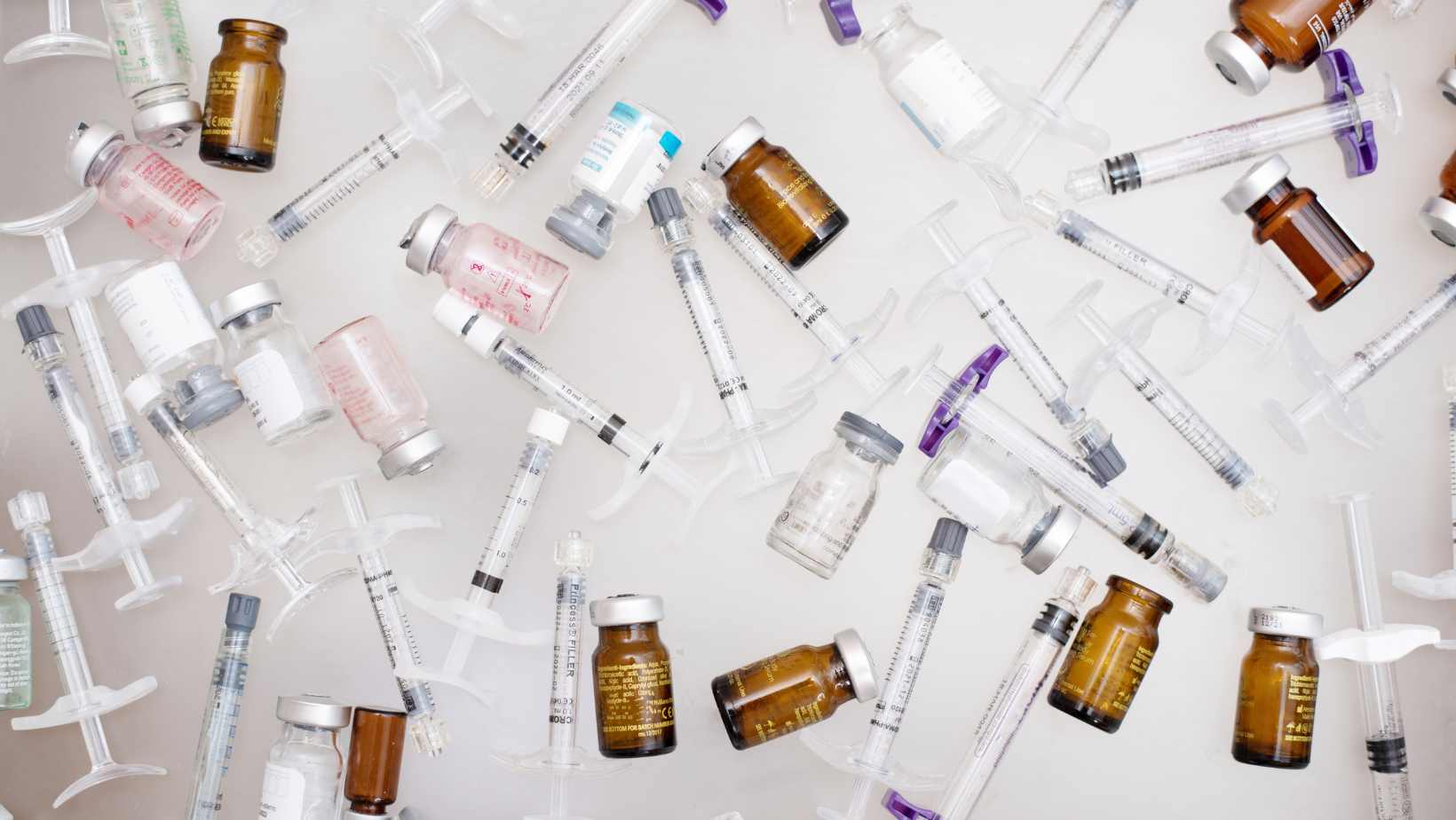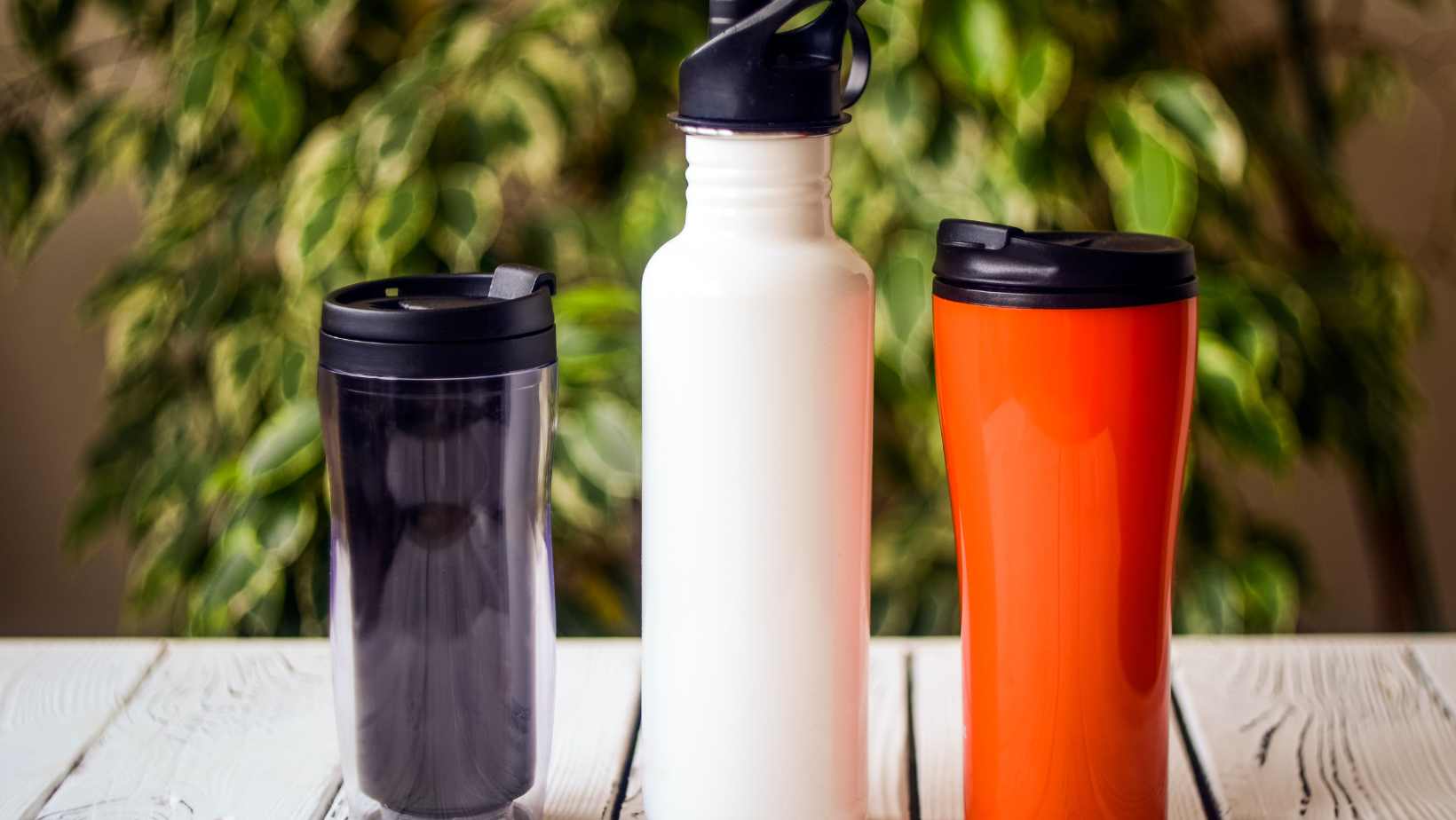The Truth Behind Cosmetic Procedures: How Many ML in a Syringe of Filler?

Navigating the world of cosmetic treatments and enhancements can be a bit daunting, especially when you’re trying to understand the specifics. One question that’s frequently asked is, “how many ml in a syringe of filler?” This seems like a pretty straightforward query, but there’s more to it than meets the eye.
Typically, most dermal fillers come in 1ml syringes. However, it’s important to remember that this doesn’t necessarily translate to one ‘unit’ or ‘area’ of treatment. The amount used really depends on the individual’s needs and desired results.
Additionally, different types of facial fillers may require varying amounts for effective results. Therefore, it’s crucial not just knowing how many ml are in a syringe but also understanding what this means for your specific treatment plan.
How Many mL in a Syringe of Filler
Delving into the nitty-gritty of fillers, I find it’s essential to understand how much you’re actually injecting. A common question that pops up is: how many ml are there in a syringe of filler? To get a clear picture, let’s break down the measurements and understand how filler volume varies per syringe.
Breaking Down ML Measurements in Syringes
A milliliter (ml) is a unit used to measure volume. When we talk about syringes, they come in various sizes, usually ranging from 1ml to 60ml. But when it comes to facial fillers, you’ll mostly see 1ml or 2ml syringes being used.
- 1 ml Syringe: Often used for finer corrections like under-eye bags or fine lines.
- 2 ml Syringe: Typically utilized for larger areas such as cheek augmentation or lip enhancements.
How Filler Volume Varies Per Syringe
When considering ‘how many ml in a syringe of filler’, bear in mind that not every injection requires an entire syringe. The amount needed depends on the area being treated and the desired results. For instance,
- Cheekbones might require around 1-2ml per side,
- Lips often need less than 0.5-1ml,
- Nasolabial folds generally take about 0.5-1ml each side.
Remember, these are averages – your specific needs could be different!
Understanding the Conversion: Syringe Units to Milliliters
Finally, let’s talk conversions because this can often confuse people – particularly those new to fillers who may be more familiar with other forms of measurement units. One thing’s certain: there isn’t a universal conversion rate between units and milliliters as this greatly depends on the substance being measured! However, for hyaluronic acid-based fillers (the most common type), a 1ml syringe is typically equal to about 100 units.
So there you have it! Now, when someone asks ‘how many ml in a syringe of filler’, you’ll be ready with an informed answer. Whether you’re considering getting fillers yourself or just like to keep up-to-date on the subject, I hope this information proves valuable!

How to Read the Measurement on a Syringe
When it comes to figuring out how many ml are in a syringe of filler, it’s all about knowing how to read the measurements on the syringe itself. This is something that might seem daunting if you’re unfamiliar with it, but I assure you, once you’ve got the basics down, it’s pretty straightforward.
The most important thing to look at is the numbers and lines on your syringe. These represent units of measurement – milliliters (ml) or cubic centimeters (cc), with 1 cc being equal to 1 ml.
Take note:
- If your syringe holds up to 1 ml, each line typically marks 0.01 ml.
- For a 3 ml syringe, each line generally equates to 0.1 ml.
- On a larger 10 ml syringe, every line commonly signifies 0.2 or 0.5 ml.
| Syringe Size | Each Line Equates To |
| 1 mL | .01 mL |
| 3 mL | .1 mL |
| 10 mL | .2/.5 mL |
So when someone asks “how many ml in a syringe of filler?” The answer depends on what size syringe you have and where the plunger is located within it.
Let’s say we’re working with a common type of filler that recommends using a full syringe per treatment area—like some lip fillers for example—then one might infer that there are as many mls in that particular type of dermal filler as marked by where the plunger ends up after injection (usually at the top marking).
However, different brands and types of fillers may have different concentrations and therefore could potentially require less or more volume for desired results.
Remember, filler treatments should always be conducted by a trained professional to ensure safety and efficacy. This guide is just to give you a better understanding of how syringe measurements work in relation to dermal fillers.



